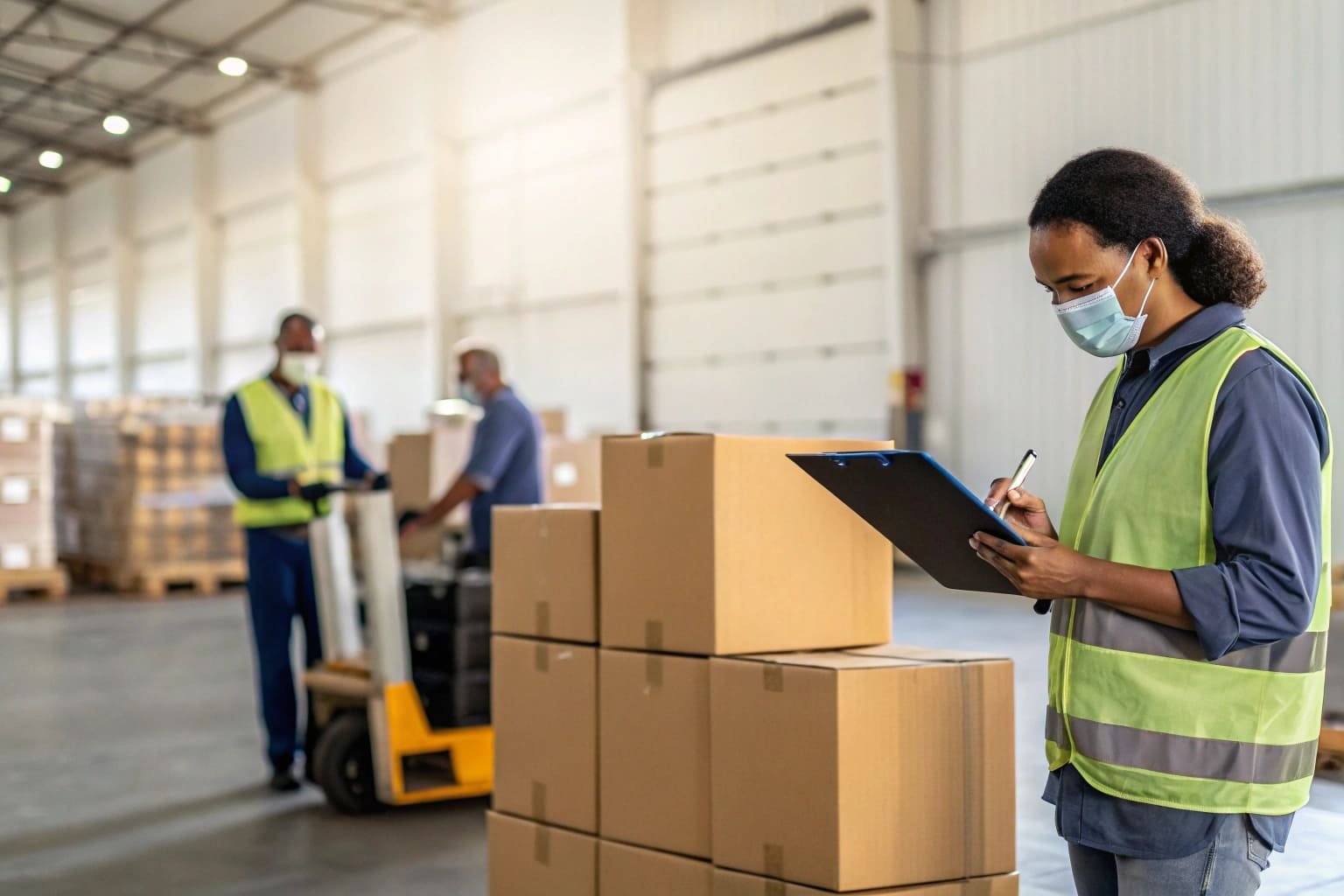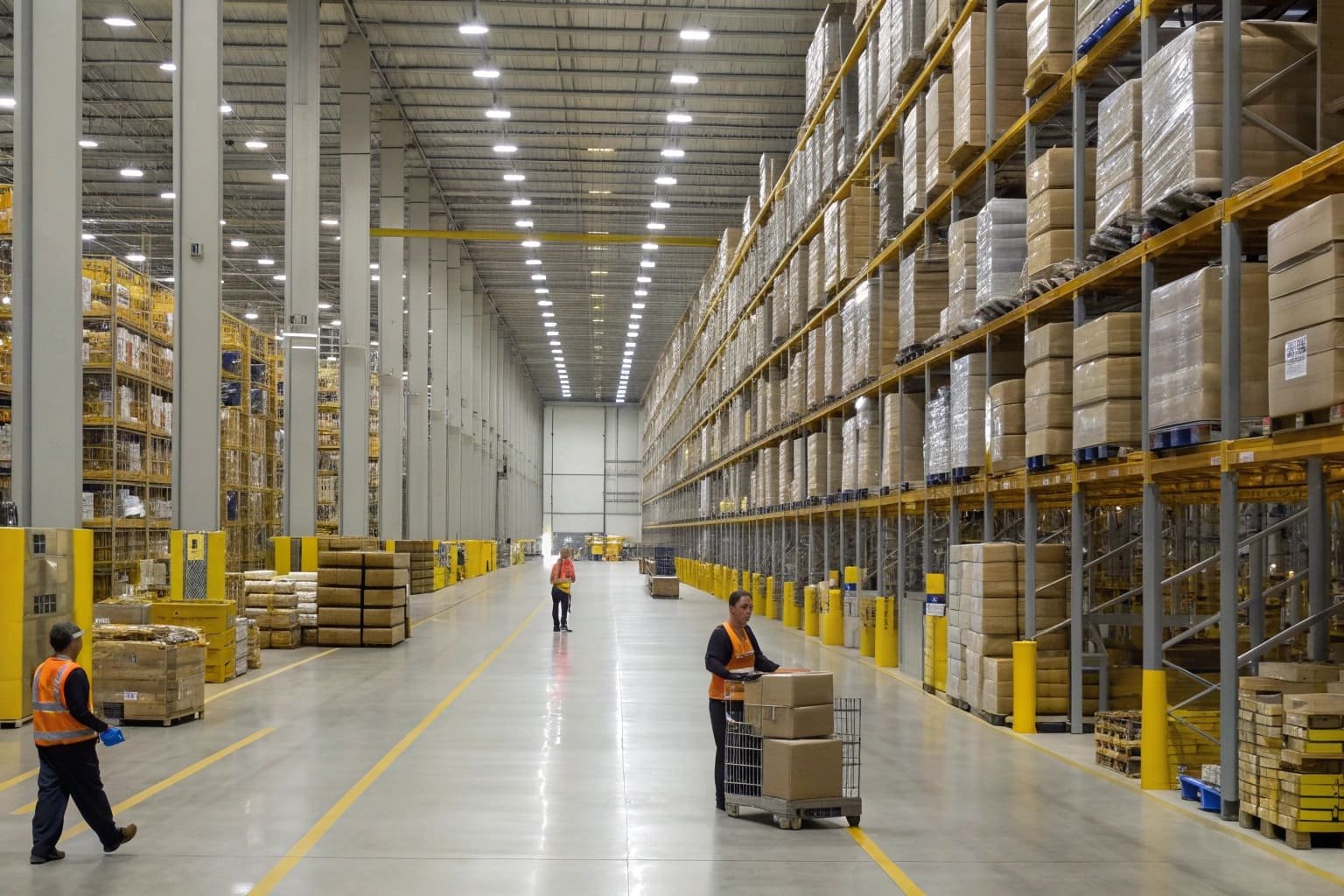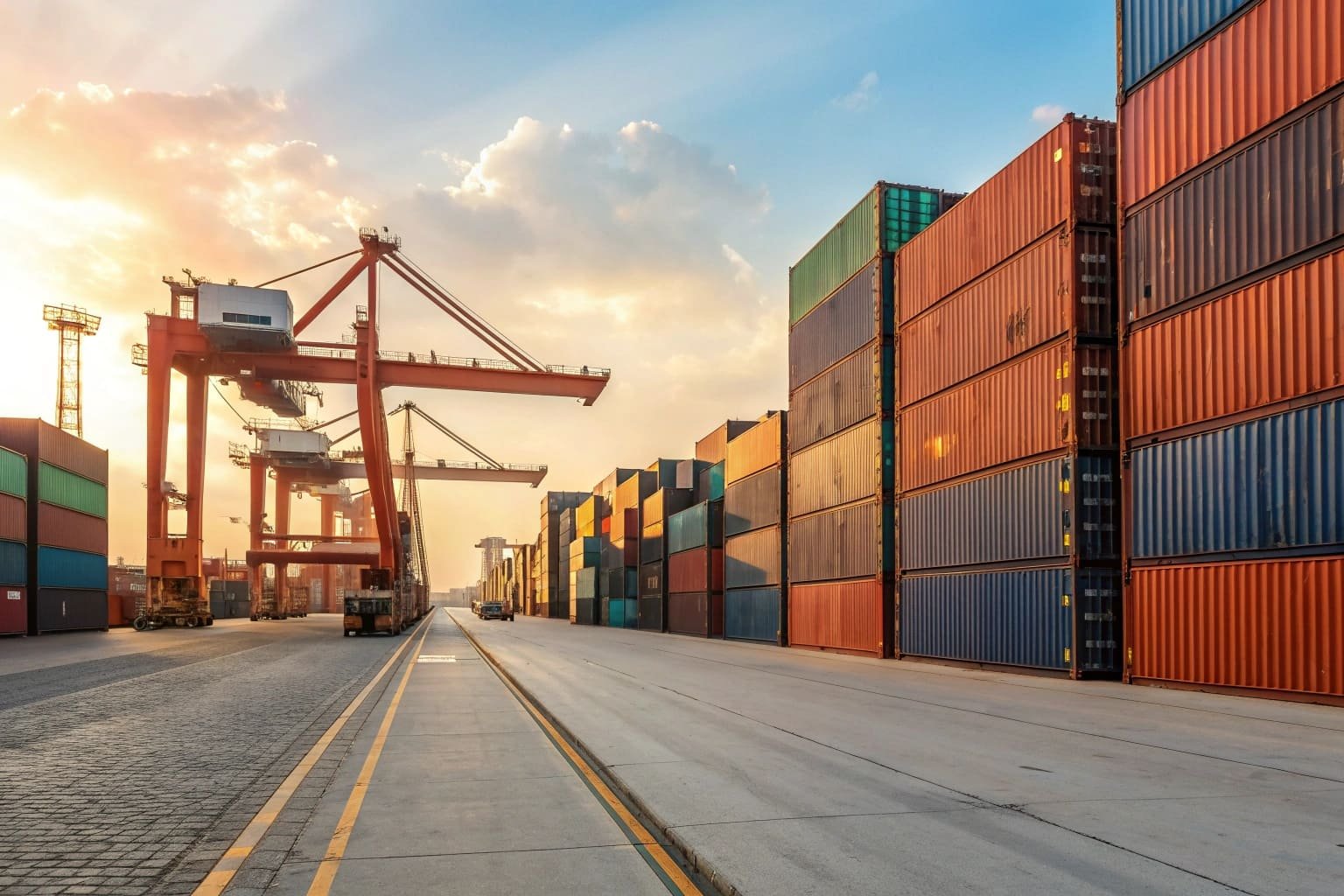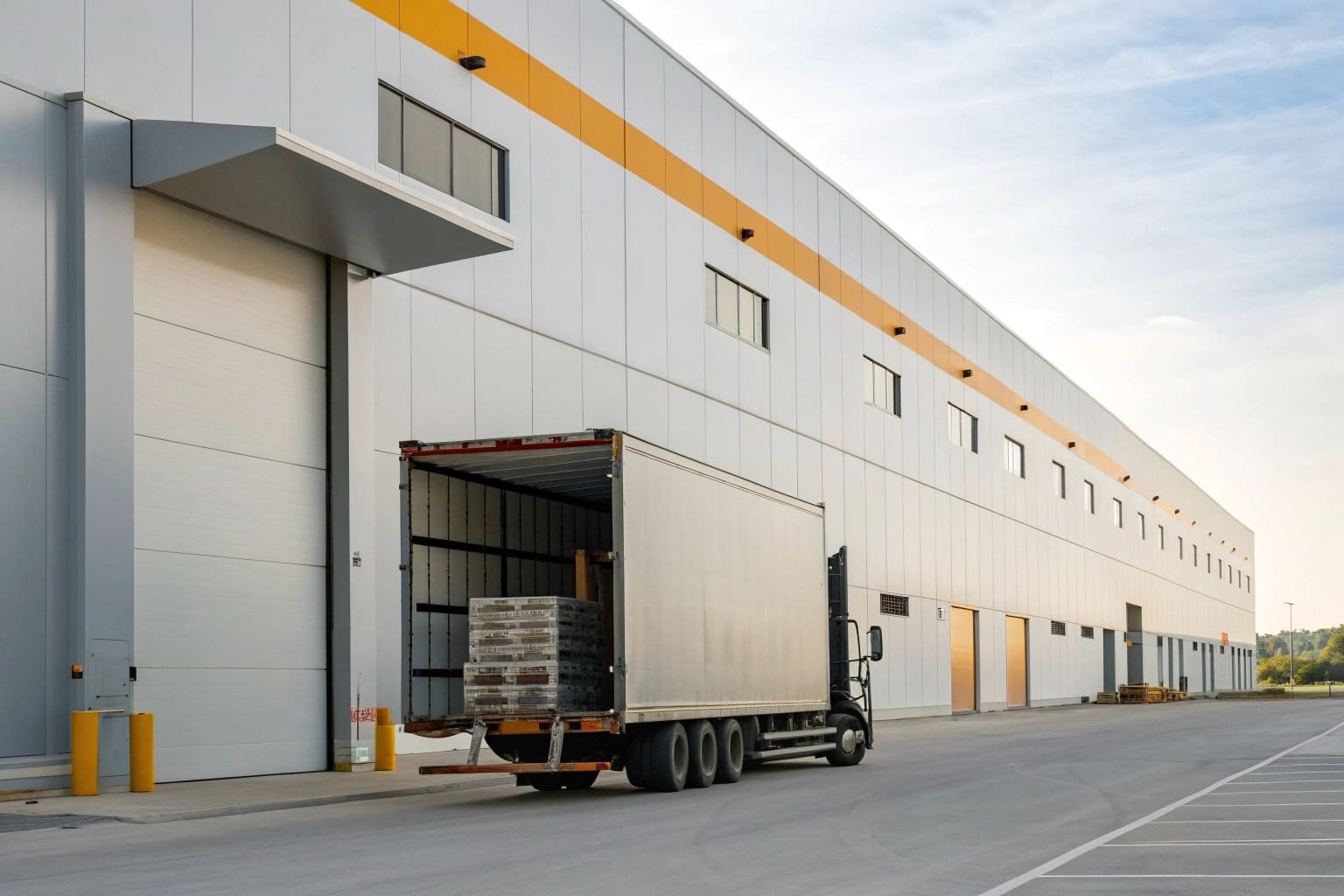Introduction: What’s the Deal with a Forwarder's Cargo Receipt?
If you’re new to the world of importing and exporting, you’ve probably come across a lot of documents that sound confusing. One important piece of paperwork you need to know about is the Forwarder's Cargo Receipt, or FCR for short. It might seem a bit technical, but trust me, getting a handle on this document will make your life a whole lot easier when you’re dealing with shipments.
What is a Forwarder's Cargo Receipt (FCR)?

A Forwarder's Cargo Receipt (FCR) is basically a piece of paper from your freight forwarder that says they’ve received your goods and are ready to ship them. It’s like a receipt you get when you order something online, except it’s for big shipments moving across borders.
In simple terms, the FCR tells you, "Hey, we’ve got your stuff, and we’re going to take care of it until it reaches its destination." But remember, this document only means the goods are in the forwarder’s hands—it doesn’t mean they’ve been delivered yet.
Why is a Forwarder's Cargo Receipt So Important?
So, why should you care about an FCR? Here’s why it’s a big deal for anyone just starting out in import/export:
- Proof That Your Goods Are Safe: The FCR is like a safety net. It shows that your freight forwarder has your shipment and is responsible for it until it gets shipped.
- Helps with Payments: If you’re using a Letter of Credit (L/C) to pay for your goods, the FCR can help you get paid faster because it proves the shipment is on its way.
- Avoids Confusion: It clearly spells out what the freight forwarder is in charge of, so there’s no mix-up about who’s responsible for what.
How Do You Use an FCR in Your Shipping Process?
Using an FCR is actually pretty simple once you get the hang of it. Here’s how it usually works:
- You Hand Over the Goods: You give your cargo to the freight forwarder.
- They Give You the FCR: The forwarder gives you the FCR to confirm they’ve got your shipment.
- Banks Might Need It: If you’re dealing with payments through a bank, they might ask for the FCR to process everything smoothly.
Common Mistakes People Make with FCRs (and How to Avoid Them!)
New to the game? Here are some common slip-ups people make with FCRs and how you can dodge them:
- Thinking It’s the Same as a Bill of Lading: A lot of people mix up the FCR with the Bill of Lading. They’re not the same! The FCR only proves the freight forwarder has your goods, while the Bill of Lading is more like a contract for the shipment.
- Skipping the Details: Always check the FCR carefully. If something’s wrong, fix it before your shipment leaves!
- Relying on FCR as Delivery Proof: The FCR only confirms that the forwarder has your goods, not that they’ve reached their final stop.
Is an FCR the Same as a Bill of Lading?
Quick answer: Nope, they’re not the same! Here’s the difference:
- FCR: It’s like a receipt that says, "We’ve got your goods."
- Bill of Lading: It’s more like a promise from the carrier to deliver your goods safely to the end point.
Understanding these differences will help you avoid misunderstandings when dealing with your shipments.
What’s the Deal with FIATA FCR?
FIATA is a global organization that makes sure shipping documents like the FCR are the same everywhere. If you see a FIATA FCR, it just means it’s the official version that’s recognized worldwide, which is a big plus when you’re doing international business.
How Does FCR Work with Letters of Credit (L/C)?
If you’re using an L/C to pay or get paid for your shipment, the FCR can be a big help. It acts like proof that the goods are ready to be shipped, so banks can go ahead and release the payment.
Quick Summary
Alright, let’s wrap this up! The Forwarder's Cargo Receipt (FCR) is a super important document that every import/export newbie should know about. It shows that your goods are safely in the hands of your freight forwarder and helps speed up the payment process. Just remember, the FCR isn’t the same as a Bill of Lading, so don’t mix them up!






